When I was asked to name 5 top perennials by Rachel of the YouTube channel Gardening at Douenza, I decided they must be long-flowering and easy to grow.
I decided to include one show stopper and at least one modest but useful plant – one you might have overlooked. Because a garden can’t be full of show- stoppers.
Prunella vulgaris (Self-heal)
I first really saw prunella as a herbaceous border plant in my sister-in-law’s garden in Australia. It isn’t a show stopper.
But I consider it amongst the top perennials because it is charming and easy. It flowers for months at a time, either in sun or quite shady spots. It’s perfect for edging borders and attracting pollinators.
And it spreads easily, providing ground cover to help suppress your weeds. It’s very wildlife friendly, too. It comes in blue, pink or white and is hardy down to -23C/0F.
Prunella has been used in traditional medicines all over the world for centuries, from Chinese herbal medicine to the remedies of the indigenous North Americans.
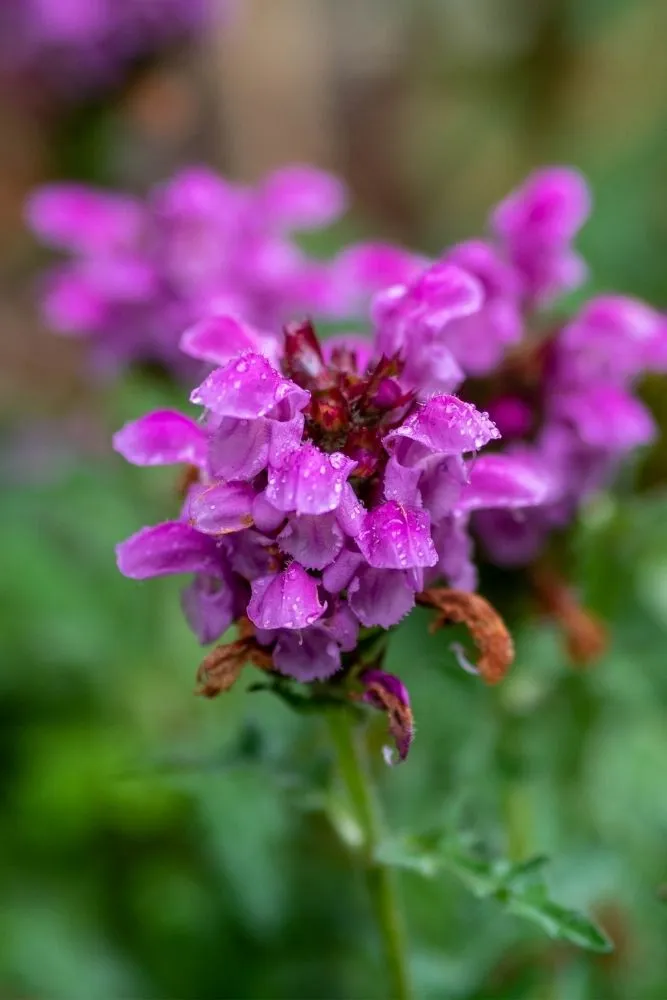
Agastache – four months of pollinator-friendly flowers
This is another recommendation from my sister-in-law. Several garden writers have pointed out that it’s very difficult to know when to prune agastache ‘because the flowers never end.’ Is that what we gardeners would call a problem?
They come in a wide range of blues, purples, oranges, pinks and whites, starting around mid-summer and going on until the first frosts.
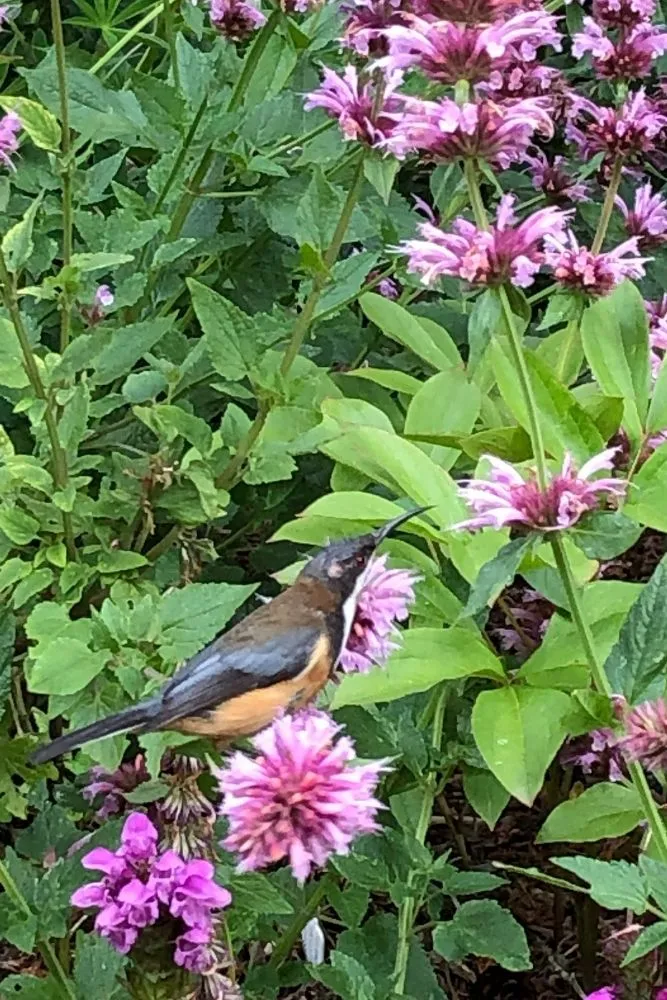
You can track your patch of agastache with your eyes closed, because there will be a cloud of contented pollinators buzzing around it. And even birds go for the nectar – I watched Australian xxxx and hummingbirds love it, too.
Yet it’s not a tropical plant and is hardy down to minus 23C/0F, perfect for a UK climate or USDA zones 6-9.
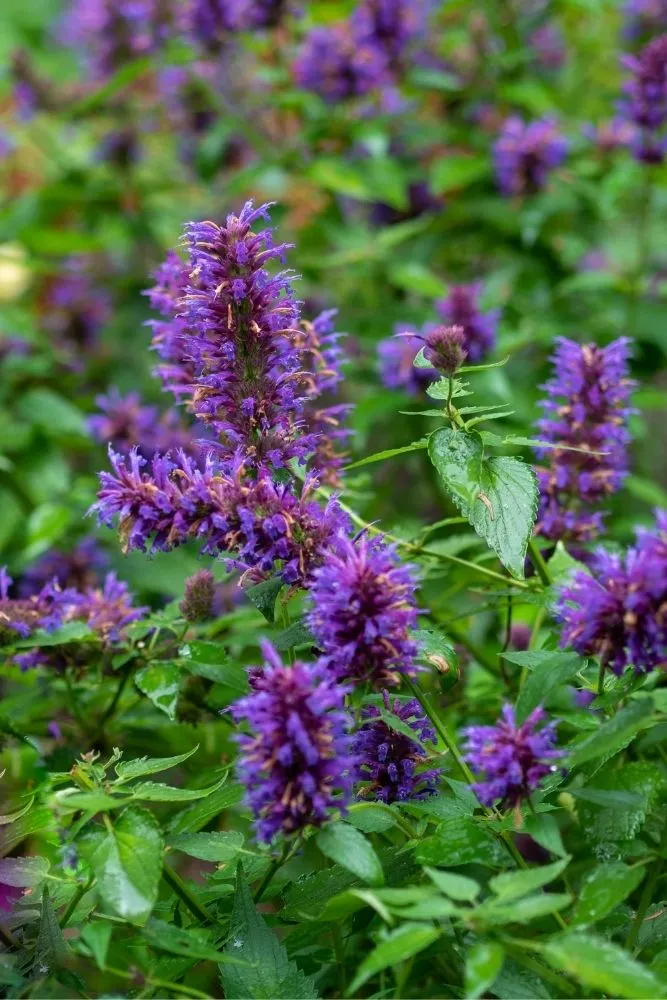
Persicaria
People kept telling me I should grow persicaria. But, originally, I couldn’t quite see the attraction.
So a friend gave me two scraps of roots. I planted them and ignored them.
They are now vibrant clumps, spikes of upright flowers. The spikes created a wonderful contrast to the more rounded dahlias and cosmos, as well as the paddle-shaped leaves of my cannas.
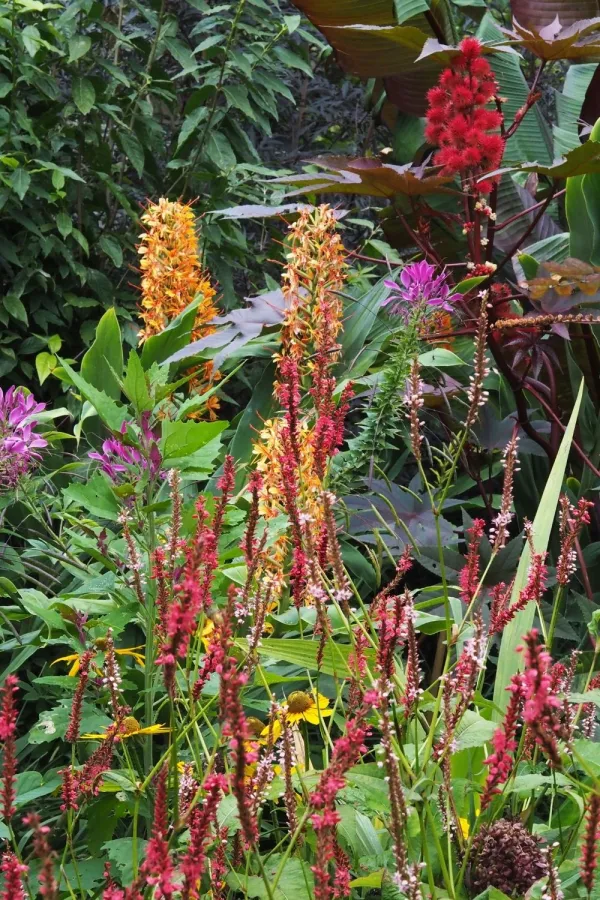
I didn’t even dead-head them last summer and they bloomed for months. (Some people do advise dead-heading the faded flower spikes for the best performance, however.)
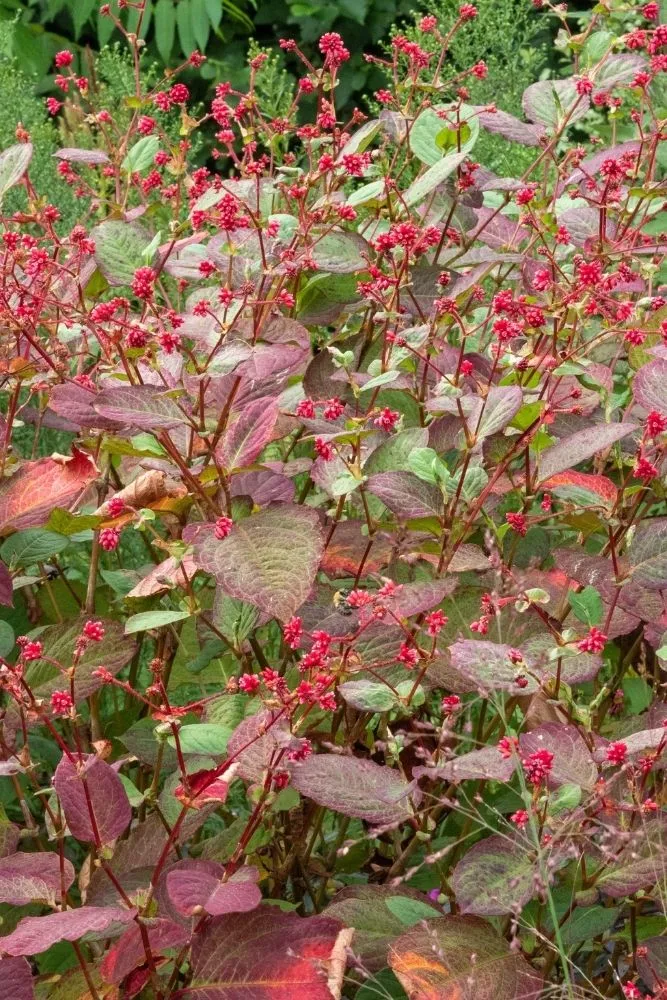
Some persicarias also have interesting leaf foliage, too.
Euphorbia – for flowers and foliage

I have yet to see a good garden border that doesn’t feature euphorbia somewhere. It’s not usually the show-stopper plant. But euphorbia is the long-flowering, easy care plant that makes all the plants around it look their best. It’s was one of the ‘6 favourite perennials that flower all summer’ at Doddington Place Gardens.
There are many different varieties of euphorbia. A few of them are quite tender, so check the label when you buy. But stalwarts Euphorbia ‘Robbiae’ and ‘Wulfenii’ survive down to minus 17C/0F.
Just be very careful when cutting or dead-heading euphorbia as the sap is very irritant. Wear gloves. If you do get any sap on your skin, wash it off very, very thoroughly and avoid touching your eyes.
Iris – surprisingly easy care show-stoppers
You may have overlooked the value of irises in your garden because they don’t flower for as long as other perennials. Most of my irises are out for about three weeks.
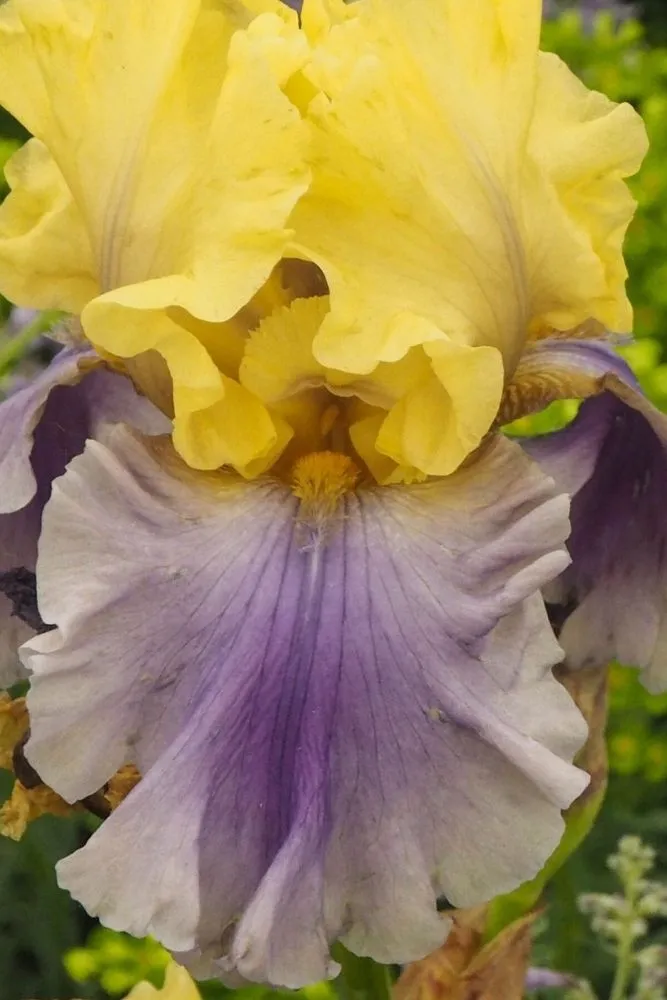
But what a three weeks! They are so dramatic that they can carry the garden through the ‘June gap’ when the bulbs are over and before the roses start flowering.
There’s also something very diva-ish about irises. Before I grew them, I thought they would be difficult to look after. But I’ve found them amongst the most easy going plants. They appreciate an extra feed of fertiliser but will flower well without.
Irises survive winter very well. They’re hardy down to minus 40C or F. They’re quite drought resistant, too.
The only thing irises really need is to have the top half of their rhizomes exposed to the sun. This makes them good plants for the front of a border. And their spiky leaves add structure even when the flowers are over.

Leave a Reply